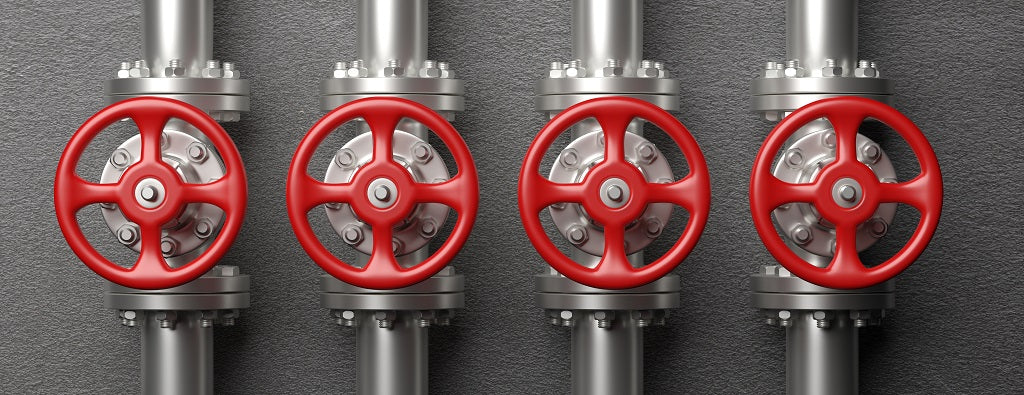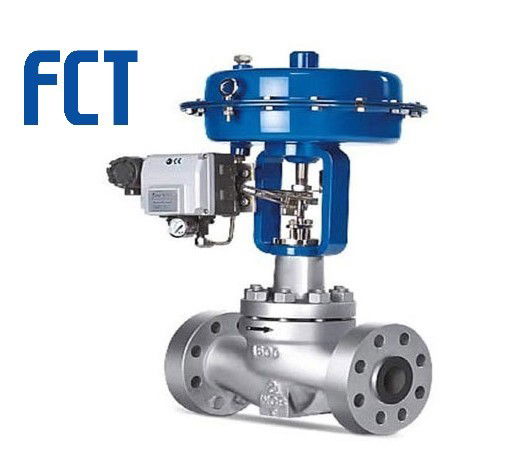The Duty of Control Valves in Fluid Circulation Administration Systems
The Duty of Control Valves in Fluid Circulation Administration Systems
Blog Article

Maximize Power Savings and Convenience With Advanced Building Automation Controls
In the realm of modern-day design and center administration, the integration of innovative building automation controls stands as a critical advancement. The merging of innovation and sustainability has birthed a new age where energy performance, convenience optimization, and operational streamlining are no more achievable realities yet far-off aspirations. By using the power of automation, buildings can adjust, react, and evolve in manner ins which were when inconceivable. The potential for substantial energy financial savings and improved convenience is not just an assurance but an opportunity waiting to be satisfied. This standard shift in building monitoring holds the crucial to unlocking a globe where environmental conscientiousness and occupant health harmoniously exist together within the walls of our frameworks.
Energy Efficiency Perks
Power efficiency benefits can considerably reduce energy intake and operational prices in structures. By executing energy-efficient practices and innovations, structure proprietors and drivers can accomplish substantial savings while also adding to environmental sustainability. Among the main advantages of improving energy performance in buildings is the decrease of utility expenses. Energy-efficient systems, such as sophisticated structure automation controls, can optimize the usage of resources like cooling, lights, and home heating, causing lower power expenditures in time.
Additionally, boosted energy effectiveness can lengthen the life expectancy of structure equipment and systems. By operating more efficiently, heating and cooling systems, lighting components, and various other structure components experience less damage, resulting in lowered maintenance and replacement prices. In addition, energy-efficient structures typically command greater residential or commercial property values and rental rates, offering lasting economic benefits to owners.
Additionally, power efficiency can enhance occupant comfort and productivity. Appropriately regulated interior environments with ideal lights and thermal conditions produce a more pleasurable and conducive work space, causing enhanced worker fulfillment and efficiency. Overall, the power performance advantages related to sophisticated structure automation controls are multifaceted, incorporating cost financial savings, ecological stewardship, and owner wellness.
Boosted Convenience Control
Enhancing comfort control in building environments needs an advanced combination of innovative automation systems for optimum owner health. By using sophisticated building automation controls, facilities can tailor the interior setting to satisfy the specific demands and choices of passengers. control valves.
By incorporating these sophisticated controls, structures can not only enhance convenience but likewise enhance energy performance by optimizing system operations based on real occupancy and use patterns. Inevitably, focusing on owner convenience via innovative automation systems leads to a much more satisfying and much healthier indoor atmosphere.
Operational Performance Improvements

Moreover, the implementation of real-time tracking and analytics devices enables structure operators to determine energy inefficiencies and operational abnormalities promptly. By continually checking energy usage browse around this site patterns and system efficiency metrics, changes can be made in real-time to optimize energy usage and make certain peak functional performance. control valves. Furthermore, including demand action strategies into building automation controls can even more boost operational efficiency by dynamically readjusting power use based upon grid conditions and prices signals
Indoor Environment Optimization
Effective interior climate optimization see this site is a fundamental element of structure automation controls, making sure occupants' convenience and health while optimizing power cost savings. By using advanced sensors and controls, developing automation systems can continuously change and monitor temperature level, humidity levels, air high quality, and ventilation to produce an ideal interior environment. Preserving consistent and comfortable problems not just improves passenger complete satisfaction yet additionally increases efficiency and general well-being.
Indoor environment optimization also plays a critical function in power efficiency. By fine-tuning heating, air flow, and cooling systems based upon real-time data and tenancy patterns, constructing automation controls can considerably decrease power consumption - control valves. As an example, implementing techniques such as demand-controlled ventilation and thermal zoning can aid reduce energy waste while making certain that each area of the structure gets the required conditioning.

Lasting Setting Creation
Structure automation manages not just enhance interior climate problems for energy effectiveness and resident comfort yet likewise lay the structure for creating a lasting environment through critical management of systems and resources. By integrating sophisticated building automation innovations, such as sensing units, actuators, and smart software program, facilities can readjust and keep track of power usage in real-time to decrease waste and decrease their carbon impact. These systems make it possible for predictive maintenance, identifying prospective concerns before they intensify and enhancing devices efficiency to boost long life and efficiency.
In addition, sustainable setting creation find more information expands past power management to include water preservation, waste decrease, and interior air high quality improvement. Building automation controls can manage water use, detect leaks, and ensure appropriate garbage disposal practices, adding to general sustainability efforts. Furthermore, by checking and regulating air flow and filtration systems, these modern technologies boost owner health and performance while reducing power consumption linked with heating and cooling procedures.
Conclusion
To conclude, advanced building automation regulates deal significant advantages in terms of power savings, comfort control, operational efficiency, interior climate optimization, and creating a sustainable environment. By executing these controls, buildings can achieve optimum performance while minimizing power usage and improving owner comfort. It is apparent that using sophisticated automation technology is vital in enhancing structure efficiency and developing a much more sustainable future.
Energy effectiveness advantages can considerably decrease energy consumption and operational costs in structures. On the whole, the energy performance advantages linked with advanced structure automation controls are diverse, encompassing cost savings, ecological stewardship, and occupant health.
Furthermore, including demand response approaches into structure automation controls can additionally improve functional effectiveness by dynamically adjusting energy usage based on grid conditions and rates signals.
Structure automation regulates not only enhance interior climate conditions for energy efficiency and owner comfort yet likewise lay the structure for developing a sustainable setting with calculated monitoring of systems and sources.In conclusion, progressed building automation controls offer substantial benefits in terms of energy financial savings, comfort control, functional performance, indoor climate optimization, and creating a lasting setting.
Report this page